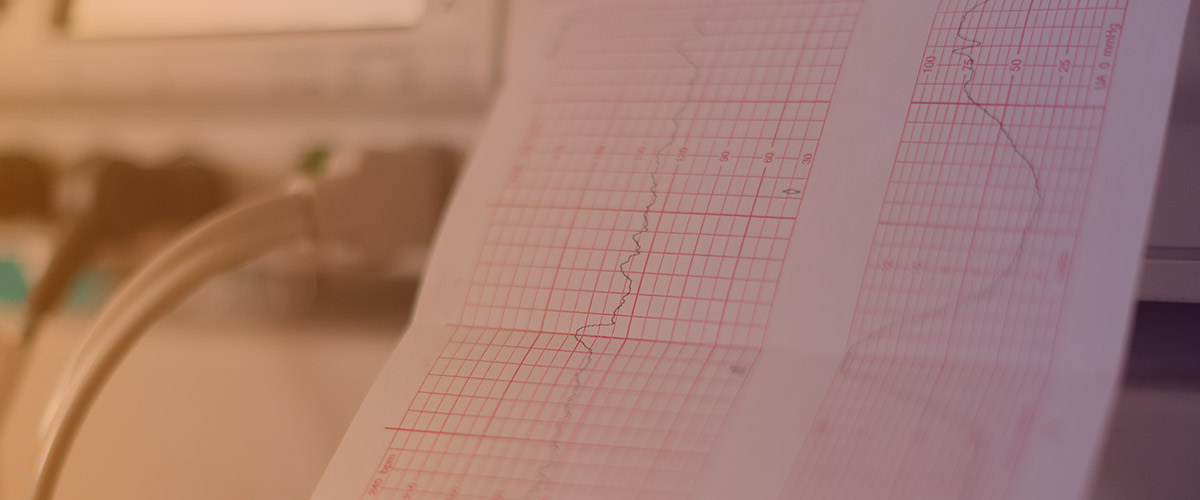Pain management with medications
What are my choices for managing labour pain with medications?
If you opt for medical methods of pain management, there are a number of available options. There are risks and benefits of each one. It’s important to discuss science-based information about labour analgesia options with your health care provider prior to the onset of labour so you can fully understand the risks and benefits of each option.
Nitrous oxide. This is a 50/50 mix of nitrogen and oxygen, and is also called ‘laughing gas’. You inhale the gas through a facemask or mouthpiece. Maximum pain-relief happens about 50 seconds after you start breathing the gas. You will be in charge of administering the gas to yourself. It can cause nausea, vomiting, dizziness. It can also impair your memory.
Narcotics. This class of pain relievers includes morphine and other similar drugs. They are quite effective, but there are risks associated with using narcotics for pain relief, including nausea, vomiting, dizziness, hallucinations, low blood pressure, and slow or fast heart rate. There is also a risk that narcotics may affect the baby’s heart rate. Babies born to mothers who have taken narcotics later in labour may be slower to breathe well on their own or begin breastfeeding, so narcotics are usually given during the early stages of labour to avoid these side effects.
Epidural. An epidural is a very effective form of pain relief for women in labour. An epidural involves the insertion of a needle between two vertebrae in your back, into the space surrounding the spinal column. A tiny catheter is inserted through the needle and the needle is removed. A medication (either a narcotic or an anesthetic, or both) is injected into the epidural space, through the catheter. Once the epidural is in place, it will be in place until after you deliver the placenta. This method of pain relief has a lower risk of side effects compared to narcotics. However, there are still risks associated with epidural use in labour, including:
- Decreased ability to walk and move around
- Lower back pain (although it should be noted that many women who never have an epidural experience low back pain during and after labour and delivery)
- Low blood pressure
- Difficulty urinating
- Prolonged labour (but relief of pain in the first part of labour may actually allow it to progress better)
- Headache
- Fever


